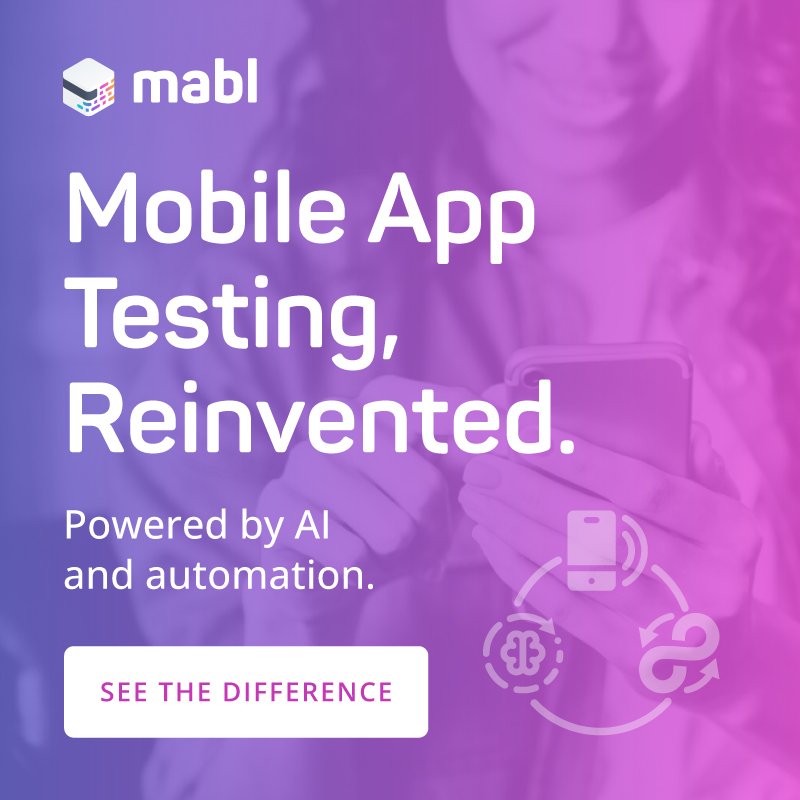Comparing IT operations and IT service teams
Friday, January 17, 2020

|
Richard Harris |
We chat with Vidhya Srinivasan from BMC about IT operations in artificial intelligence.
As CIOs look ahead to 2020, they need to address the growing convergence of IT services and IT operations by implementing strategies to break down silos between departments. Vidhya Srinivasan, VP of Solution Marketing and Digital Service Management & Operations at BMC Software, recently sat with us to discuss how organizations can run and reinvent their businesses with artificial intelligence to gain a comprehensive view of the entire IT landscape as IT services and operations come together.
ADM: What’s driving the convergence between IT operations and IT service teams?
Srinivasan: Enterprises are experiencing what we call the “tech tsunami.” They’re expected to keep up with and implement an inundation of trends such as artificial intelligence/machine learning, multi-channel, multi-cloud, multi-device, DevOps, and bots. The main element driving the convergence between IT operations and IT service teams is the need to help manage these complexities. What our customers are experiencing and where we’re positioning ourselves to help is crafting products and solutions that help to avoid these enormous bottlenecks in a company’s information technology landscape.
By converging IT service management (ITSM) and IT operations management (ITOM) capabilities into a unified BMC Helix platform, we are delivering a next-gen service experience to our customers that will help them transform into autonomous enterprises.
ADM: What can enterprises do to ensure a positive convergence between IT operations and IT service teams?
Srinivasan: We think that the first step is to take a critical look at the problems you are trying to solve for your users and the business outcomes you are trying to achieve. Map out your objectives clearly and make sure to keep priorities in order. This can be as simple as going out to your business and finding out what you and other stakeholders expect to achieve from your ITOM and ITSM initiatives.
When converging IT operations and IT service teams, you must prepare for multiple outcomes. Three key things to be focused on:
1. Be prepared for cultural and budgeting changes - be sure to keep your teams in the loop. If large changes are made without consulting those team members on the front lines, it may lead to team turnover.
2. Monitor for areas of improvement. Certain factors are mission-critical, and with ITOM and ITSM teams often working separately, integration takes time to get everything running smoothly. Make sure you’re not overlooking any important, under-the-radar elements that may derail this project.
3. Be open to change. It’s necessary for growth.
ADM: How do you see the AI landscape evolving in 2020?
Srinivasan: Artificial intelligence will only continue to reshape the business landscape, and CIOs will rely on AI more than ever as ITSM and ITOM continue to scale and converge.
Across the enterprise, we’re seeing growth in the amount of workloads both in public cloud and on-premises. Because of this, and because of an increase in overall application complexity, organizations will need to invest further in AI and machine learning. As a result, business outcomes will be better and more advanced.
Additionally, as each year passes, the availability of new and previously unused sources of data continues to grow. Couple this with the massive decrease in computing storage costs, and you will find AI/ML initiatives are getting more and more attainable every year.
All in all, in 2020 we’ll see more AI/ML initiatives as they become more scalable and even more affordable for enterprises of all sizes and industries.
ADM: What type of skills gaps are you seeing in the workforce when it comes to AI?
Srinivasan: Even with the growth of automation, organizations continue to rely on the human workforce for creative problem solving. Intelligent computing systems are expected to complement the human workforce, rather than replace them. In turn, this requires organizations to constantly re-skill their workforce to remain up to speed with technological advancements. As companies continue to adopt AI, they recognize they need to invest in the skills required to implement these technologies. In 2019, the IT skills gap continued to expand with rising demand and inadequate supply. While other challenges can arise with AI, such as data challenges or cost, the skills gap is the most prevalent barrier to a successful AI initiative.
ADM: How does AI help organizations gain a comprehensive view of the entire IT landscape?
Srinivasan: By adopting AI, cognitive, and robotic process automation, IT teams can observe IT processes without having to carry out the tasks. This aligns the end-user support and managed back-end infrastructure more closely.
If we look beyond traditional IT and service management, in the near future we will have the ability to go to market with fully integrated solutions that enable boundary-less operations across AppDev, SecOps, ITOps, and service management. This will further enable the use of DevOps in organizations using the power of AI to improve existing capabilities and create new capabilities. This doesn’t mean companies have to start from the ground up on AI efforts, rather they need to look for software solutions that can offer prebuilt AI/ML solutions that drive change, and in turn, growth.
ADM: How can AI solutions be better integrated into IT service and operations management?
Srinivasan: AI can be better integrated in ITSM and ITOM across the board. The biggest obstacle is the fact that AI isn’t being used to its full potential, based on both the skills gap and the rapid rate of advancement.
AI enables IT teams, both on the ITSM and ITOM ends, to move analysis management from manual to machine-assisted. Additionally, AI can help optimize the customer experience, reducing time spent in servicing. Overall, AI algorithms can be better integrated through predictive analytics. By taking advantage of monitoring capabilities, we can be better at predicting the IT environment, anticipating problems, and learning how to solve them by way of AI solutions.
With BMC Helix, we’re empowering IT and business users to eliminate silos, make better informed decisions, and future-proof the service and operations experience. The ultimate goal is to drive improved automation across the IT service delivery process, and AI is the key to increasing speed, efficiency, and cost savings.
ADM: What are some of the benefits of using AI within a digital transformation journey?
Srinivasan: Businesses cannot deliver digital experiences on the front end without also transforming the back end. By using AI in a digital transformation project, enterprises can simplify management of complex distributed environments, allowing IT operations to intelligently orchestrate infrastructure, applications, and services across hybrid cloud ecosystems.
While digital transformation is becoming more critical to the enterprise, it is a heavy undertaking that introduces certain complexities. A successful implementation of AI in a digital transformation initiative can assist and increase IT productivity in a multitude of enterprises, from education to automation.
ADM: How will the role of IT evolve in the coming years?
Srinivasan: In coming years, IT will lean more and more on AI and automation. Organizations will continue to streamline IT operations and services to multi-functional platforms, embracing newer features to help scale productivity. By integrating and streamlining task management, organizations will achieve a one stop shop by which they can view the entire IT department’s services and operations, allowing them to better monitor, optimize, remediate, and service proactively. IT has a vital role to play in keeping organizations adaptable.

Become a subscriber of App Developer Magazine for just $5.99 a month and take advantage of all these perks.
MEMBERS GET ACCESS TO
- - Exclusive content from leaders in the industry
- - Q&A articles from industry leaders
- - Tips and tricks from the most successful developers weekly
- - Monthly issues, including all 90+ back-issues since 2012
- - Event discounts and early-bird signups
- - Gain insight from top achievers in the app store
- - Learn what tools to use, what SDK's to use, and more
Subscribe here














